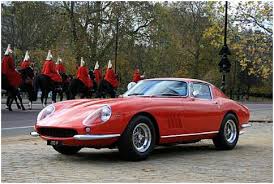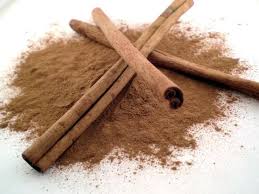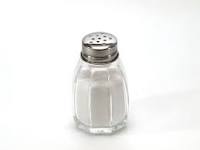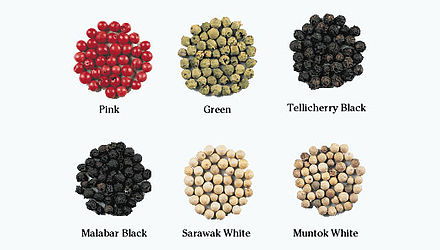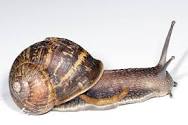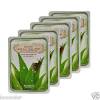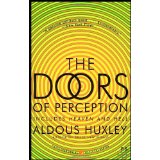Me, My Dad, and Cars
Posted
i love to feel something when I drive a fast car, or as a passenger in a nice car with a good driver at the wheel. Rental cars don’t matter, though when in Europe on nice big autostradas I always drove small cars like Renault 5’s and would have loved a Ferrari or some such supercar. I drive a Porsche with manual shift, and in spite of my earlier derision for Porsche owners (you know the joke about the difference between a porsche and a porcupine?) I have come to appreciate the amazingness of driving this car.
I think this gene was passed on to me by my father. My older brother never cared about cars, so he didn’t get that particular gene. My dad had some beauties when I was growing up, but sadly I was always too young to drive them (except for once or twice). My dad bought 3 gorgeous Ferraris, a 250 GT (red), two 275 GTB’s (burgundy and silver) , and a 308 GT (yellow). He also had a Mercedes Benz 300 SL gullwing (silver, with matching red leather luggage), a Maserati 3500 GT (blue), and almost bought Mel Blanc’s Aston Martin DB 5 (the voice of Warner Brothers cartoons lived up the street, and the same car as the first Bond car). These two last cars had coachwork by Touring of Milan, which always created beautiful-looking cars.
I was never that close with my dad, but I was thrilled beyond belief when he took me in a ride in one of them. I almost hoped I’d be late for school so I’d miss the school bus and Dad would half to rush me down Sunset Blvd. It was so exhilarating being with my dad on those speedy sorties.
I also sat in his cars in the garage, caressing the gearshift, smelling the leather and checking out the beautiful gauges. The Ferrari speedometer went up to 300 (k/m/h, not m/p/h, but I didn’t know that).
It wasn’t all fun, however; I was the one, not my older brother, who had to wax the car with Blue Coral carnauba wax and shine the Borrani wire wheels for several Concours d’Elegances. My dad didn’t win. My older brother got to drive the beautiful 250 GT with coachwork by Boano (red car, classic Ferrari rosso color below). I drove the 275 GTB later on. There is nothing like the sound of the V-12 Ferrari engine. Enzo Ferrari once said “when you buy a Ferrari, you pay the the engine. The rest of the car is free”.
I expect people who drive (or even rent) super cars to at least know something about them. An Aston Martin driver should know what the ‘DB” stands for David Brown, the farm equipment industrialist who created the iconic British sports car. A Ferrari driver should know where the black horse emblem comes from (from a famous WWI Italian figher plane). A Lamborghini driver should know how the company got started (An Italian farm equipment industrialist (just like David Brown) who got insulted by Enzo Ferrari and decided to get back at him by designing another super car). I know all this, and I have never owned any of these cars!
I know most people just choose a car for practical reasons. I don’t want to seem the snob; it’s just that I was more romantic about cars; I was never practical: my former rides include a Jaguar XK 150S, a Citroen, a Peugeot station wagon, a Renault Le Car. Now that I’m older I am fortunate to drive a real driver’s car. The automobile is an amazing object of travel, of speed, of gestalt and driver focus (I don’t text while driving, and wouldn’t even if I didn’t drive a manual shift car. From the body design to the exhaust note, not to mention the racing pedigree and heritage.
Here are some of those beautiful cars I sat in and so admired:



